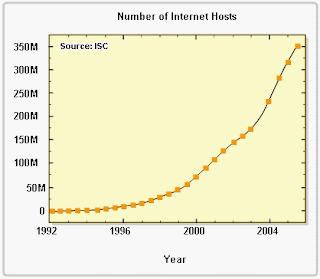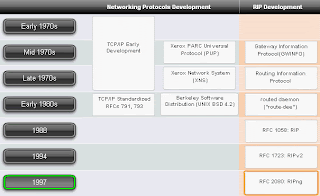 When the ARPANET was commissioned in 1969, no one anticipated that the Internet would explode out of the humble beginnings of this research project. By 1989, ARPANET had been transformed into what we now call the Internet. Over the next decade, the number of hosts on the Internet grew exponentially, from 159,000 in October 1989, to over 72 million by the end of the millennium. As of January 2007, there were over 433 million hosts on the Internet.
When the ARPANET was commissioned in 1969, no one anticipated that the Internet would explode out of the humble beginnings of this research project. By 1989, ARPANET had been transformed into what we now call the Internet. Over the next decade, the number of hosts on the Internet grew exponentially, from 159,000 in October 1989, to over 72 million by the end of the millennium. As of January 2007, there were over 433 million hosts on the Internet.Without the introduction of VLSM and CIDR notation in 1993 (RFC 1519), Name Address Translation (NAT) in 1994 (RFC 1631), and private addressing in 1996 (RFC 1918), the IPv4 32-bit address space would now be exhausted.



